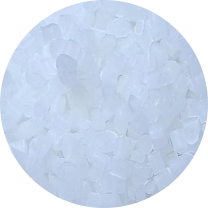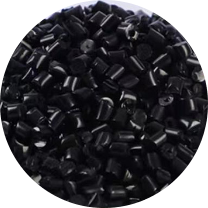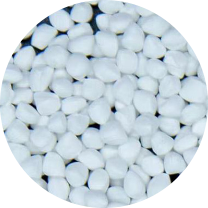Multicolor Color Masterbatch: How to balance color stability and environmental performance
In the modern textile and plastic processing industry, Multicolor Color Masterbatch is popular because it provides materials with uniform and lasting colors. However, in application, the balance between color stability and environmental performance has become an important issue. This article will explore in depth how to balance color stability and environmental performance in the production and use of Multicolor Color Masterbatch.
1. Color stability: key challenges in the production process
The core advantage of Multicolor Color Masterbatch is its color stability. Compared with traditional dyeing technology, the pre-mixing of masterbatch color powder and polymer carrier can ensure that the color is evenly distributed in the fiber, yarn or plastic product. Its main features include:
Uniform dispersion: Masterbatch can ensure that the colorant is evenly dispersed in the substrate to avoid color spots and unevenness.
Lightfastness and aging resistance: The colorant in the masterbatch is usually modified to improve the lightfastness, temperature resistance and aging resistance of the finished product, and ensure color durability in different environments.
Reduce color difference: The precise formula control of multicolor masterbatch makes the color of the product consistent between batches, reducing the risk of color difference.
2. Environmental performance: green production and sustainable development
Although Multicolor Color Masterbatch is outstanding in color performance, environmental protection issues have always been the focus of the industry, especially in the context of global promotion of sustainable development. To take environmental protection into account, key considerations include:
Raw material selection: Green and environmentally friendly Multicolor Color Masterbatch usually uses non-toxic and harmless color powder and carrier to reduce chemical pollution in the production process. Especially in the fields of food packaging and children's products, materials that meet the standards of RoHS (Restriction of Hazardous Substances Directive) and REACH (Registration, Evaluation, Authorization and Restriction of Chemicals) are more popular.
Recyclability: Environmentally friendly masterbatches are usually designed to be more compatible with the substrate, so that the finished product can be recycled and reused after use. Using recyclable polypropylene (PP) or other degradable materials as carriers can further improve the overall environmental performance.
Reduce wastewater and chemical emissions: Compared with the traditional dyeing process that requires a lot of water resources and chemical additives, the application of masterbatch produces almost no wastewater discharge, significantly reducing the impact on the environment.
3. Trade-off and balance between color stability and environmental performance
In actual production, there is often a certain conflict between color stability and environmental performance. For example, some highly light-resistant and anti-aging color powders may contain metal elements that are harmful to the environment. In order to improve environmental performance, milder environmentally friendly color powders may be selected, but these color powders are relatively weak in light resistance and heat resistance.
Therefore, it is crucial to find a balance between the two. The following methods can help achieve an effective trade-off between the two:
Technological innovation: By developing new environmentally friendly colorants and carriers, it can ensure color stability while having stronger environmental performance. For example, the development of high-performance pigments that do not contain heavy metals can improve color stability without harming the environment.
Optimize the formula: Masterbatch manufacturers can minimize the use of harmful chemicals by optimizing the formula without sacrificing the color quality of the product. For example, the use of efficient dispersants and new environmentally friendly additives can help improve environmental protection.
Strengthen quality monitoring and testing: In response to the requirements of environmental protection and color stability, more stringent quality inspection processes, including weather resistance testing, environmental certification, etc., can be used to ensure that the product meets environmental standards while maintaining color durability.
4. Future trends: driving force for sustainable development
With the further promotion of sustainable development goals, the production and application of Multicolor Color Masterbatch will pay more attention to the use of environmentally friendly materials and the improvement of green production processes. Industry trends show:
The rise of degradable masterbatches: Many companies have begun to develop degradable masterbatches to replace traditional non-degradable chemical materials, which will gradually become the industry standard in the next few years.
Implementation of the concept of circular economy: More and more companies will adopt a closed-loop production system, that is, by recycling used fibers or plastic products and reprocessing them into new raw materials to reduce the impact of production on the environment.
Strict environmental regulations: Environmental regulations around the world will become more stringent, especially in regions such as the European Union and North America, where the demand for environmentally friendly masterbatches will increase significantly.
The application of Multicolor Color Masterbatch in the textile and plastic fields demonstrates its great potential in color stability and environmental performance. However, how to balance the relationship between the two is still a technical challenge and innovation opportunity in the industry. Through continuous technological progress and the research and development of environmentally friendly materials, Multicolor Color Masterbatch will better provide solutions for sustainable production and achieve a win-win situation for color and environmental protection.

Non-Woven/Polypropylene Fiber/Yarn Multicolor Color Masterbatch
prevNo previous article
nextUnique advantages and application prospects of HDPE PE plastic film blow molding white masterbatch


 English
English 中文简体
中文简体 한국어
한국어 عربى
عربى













